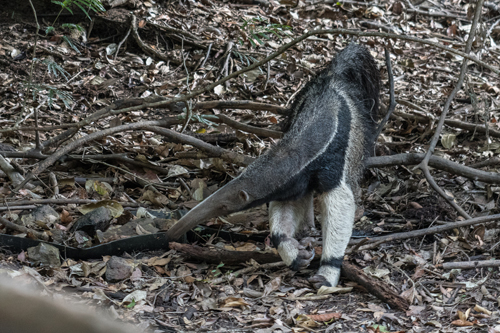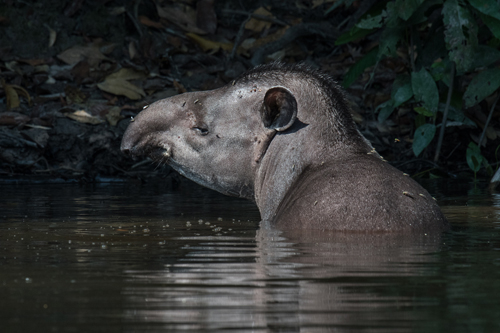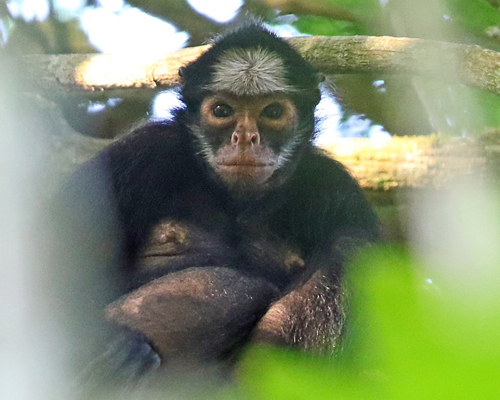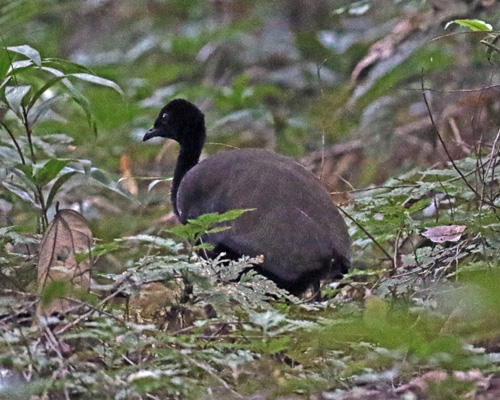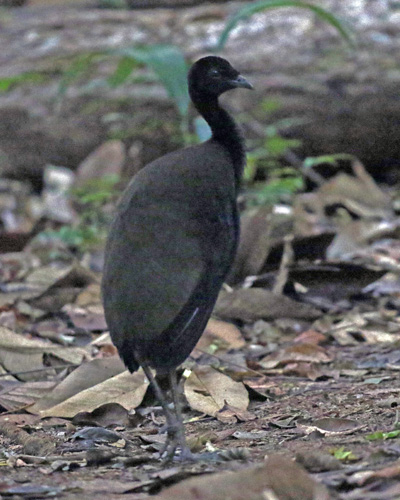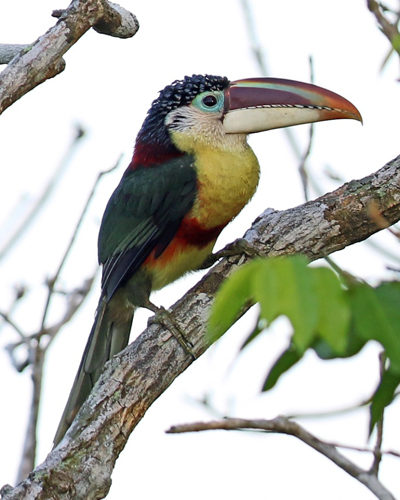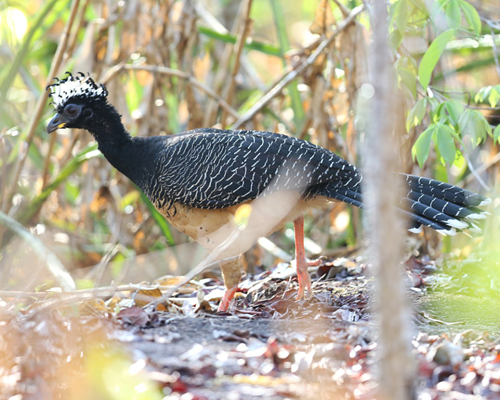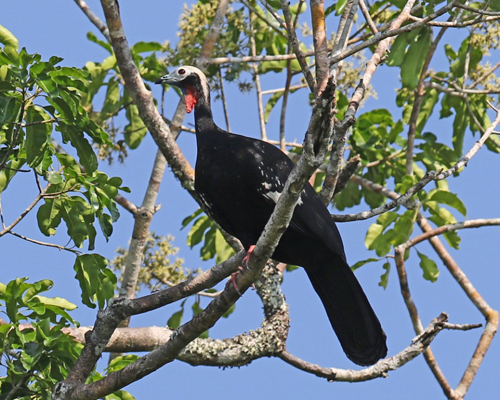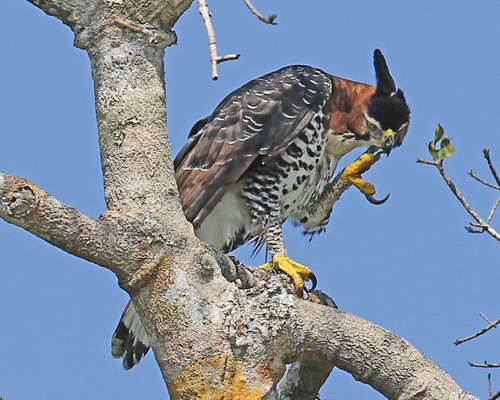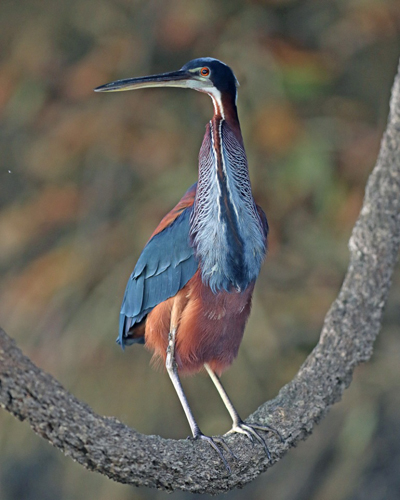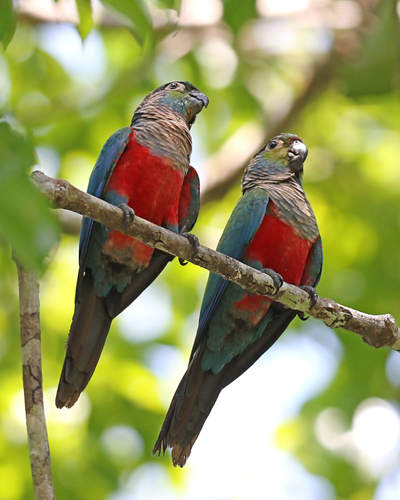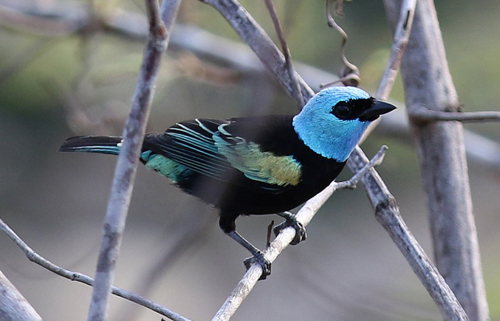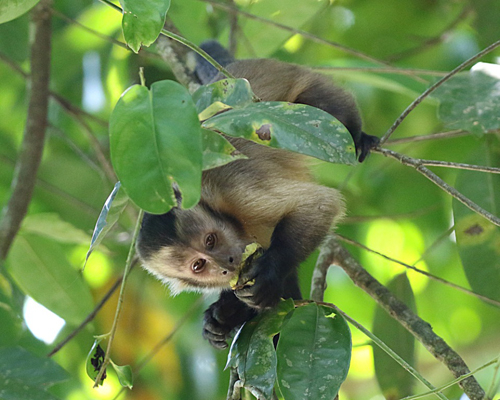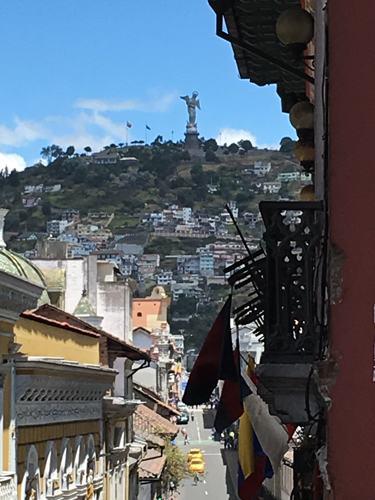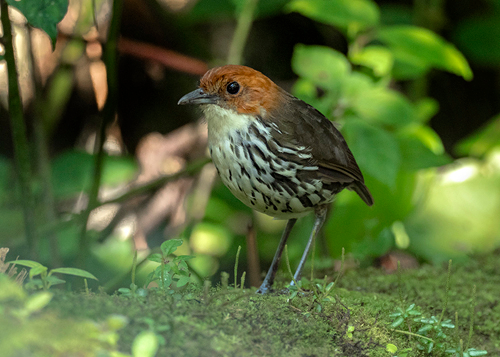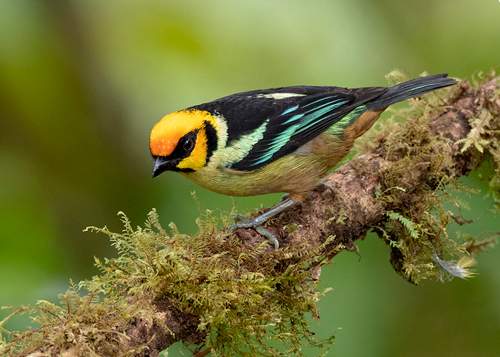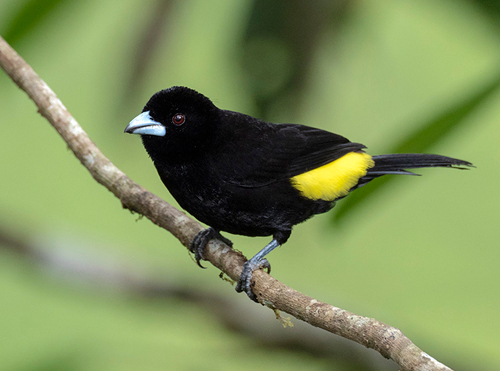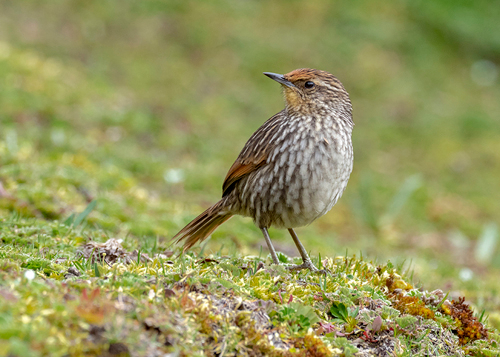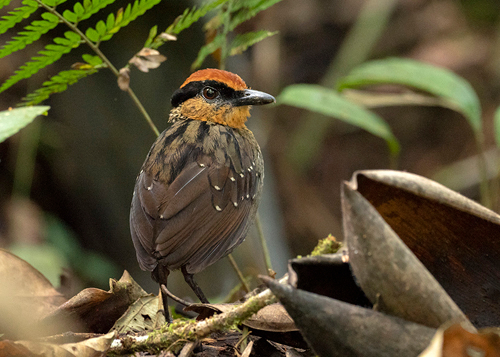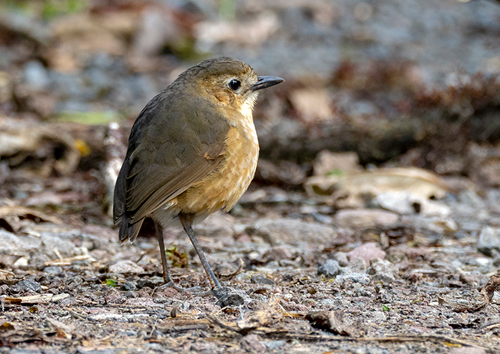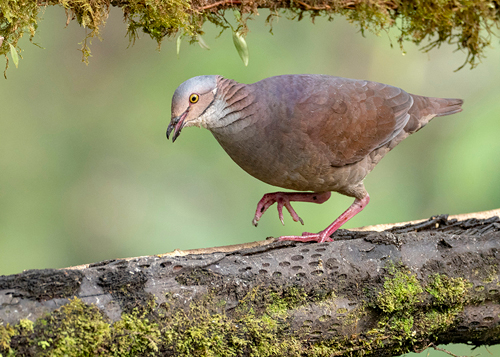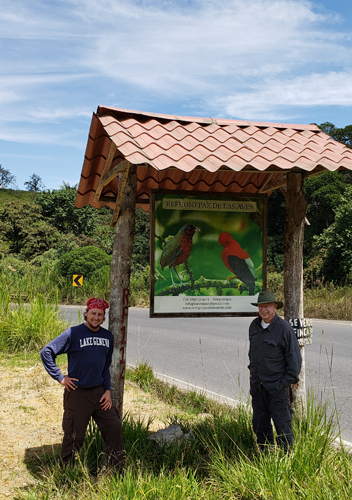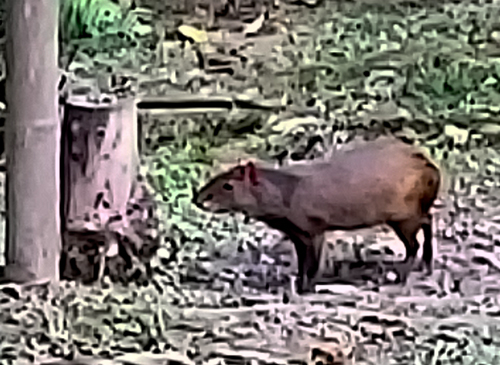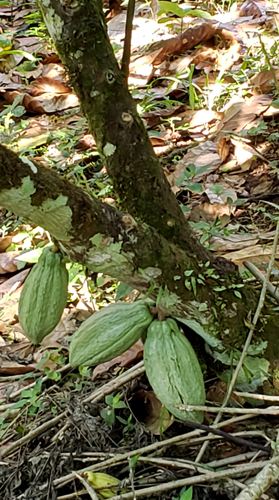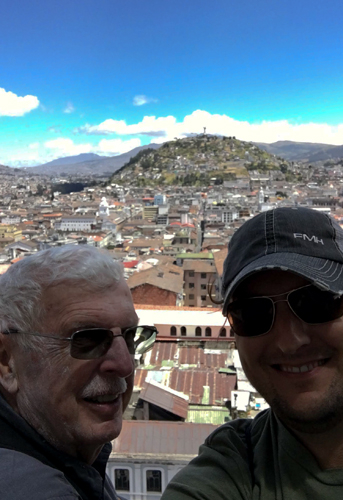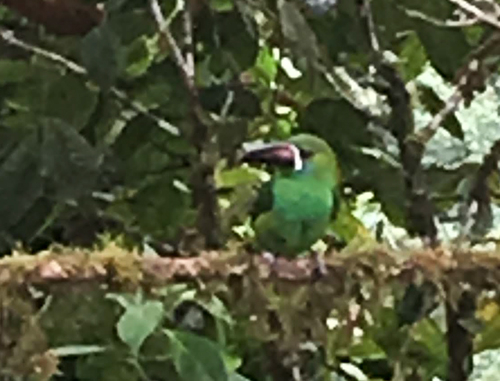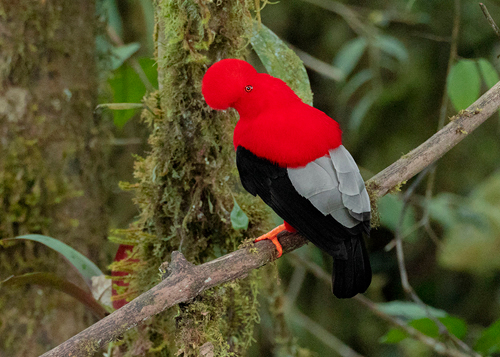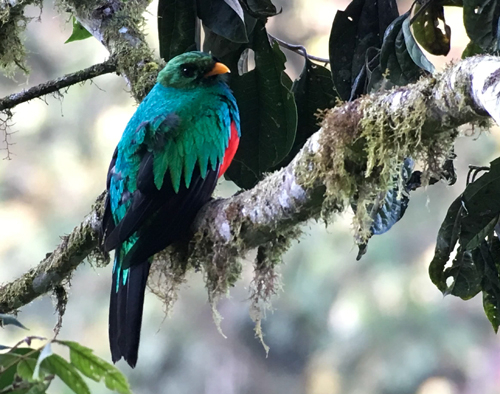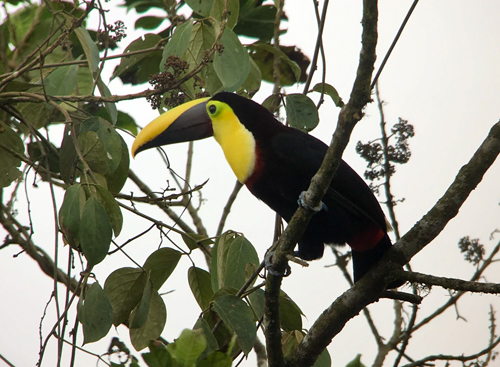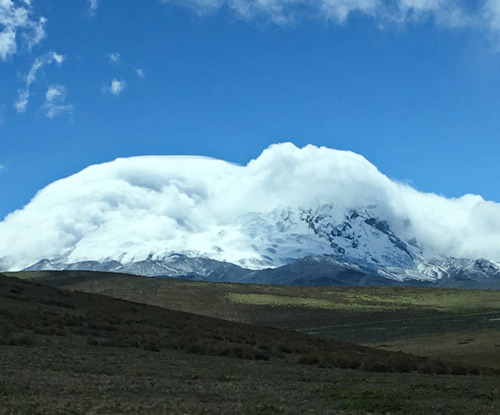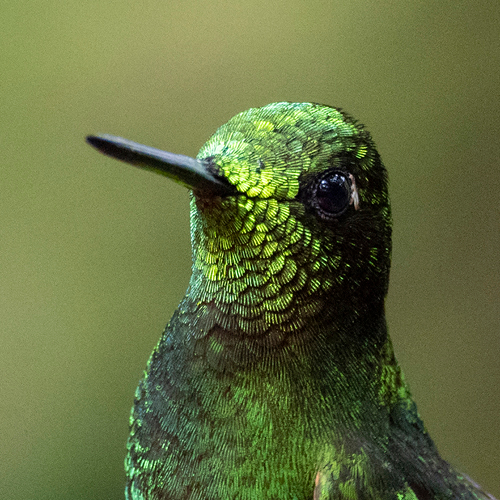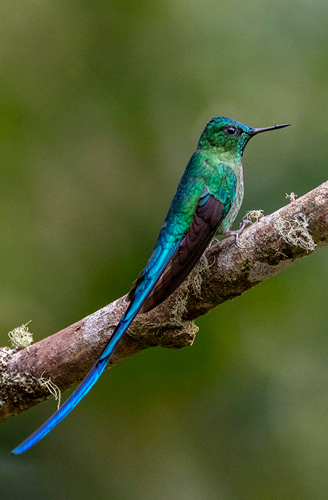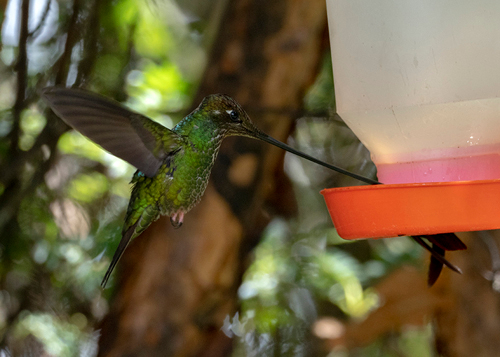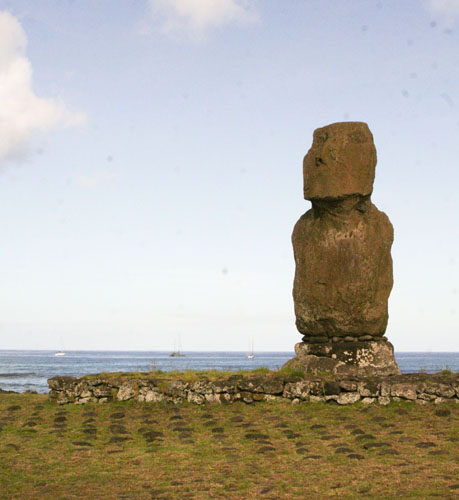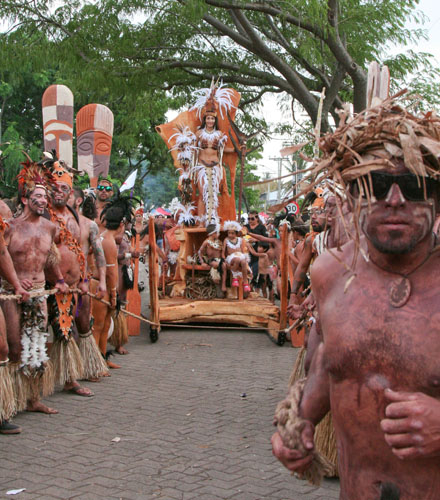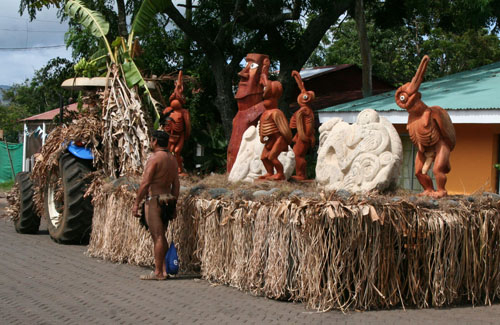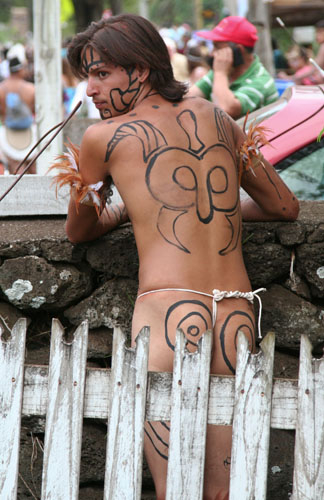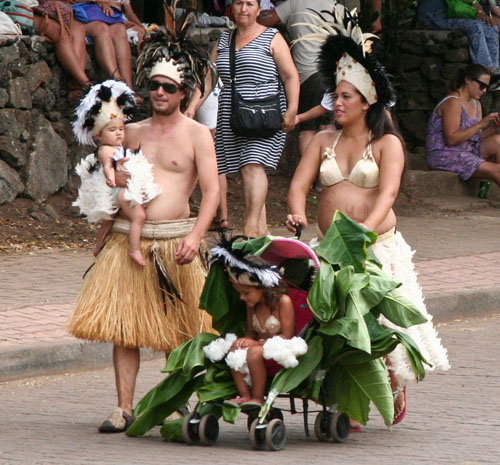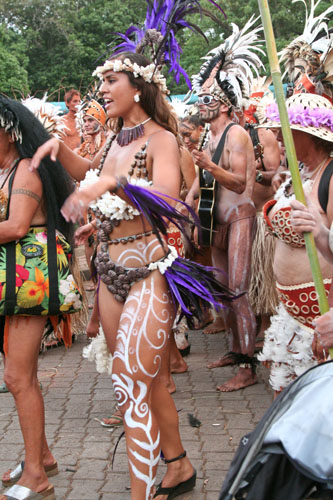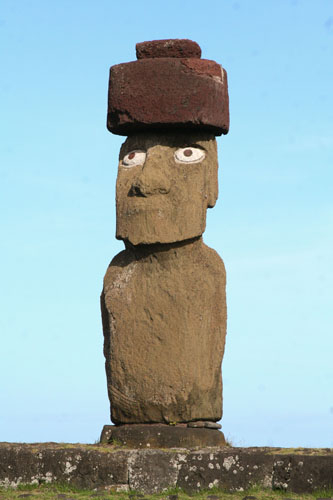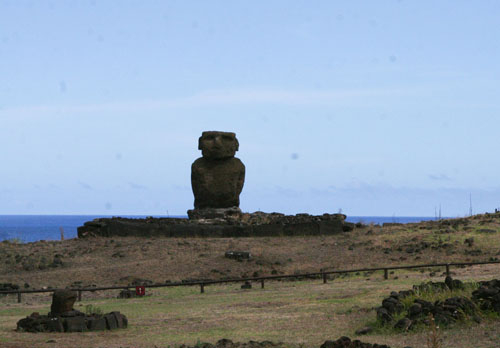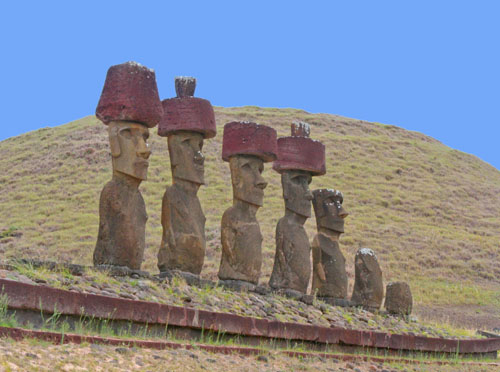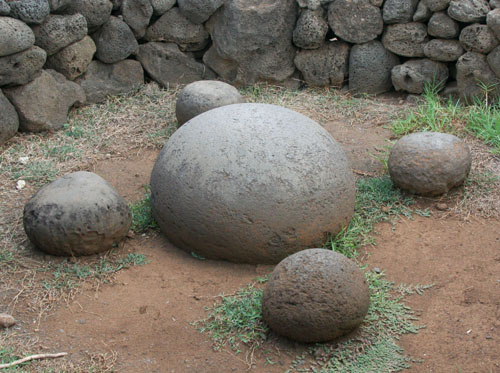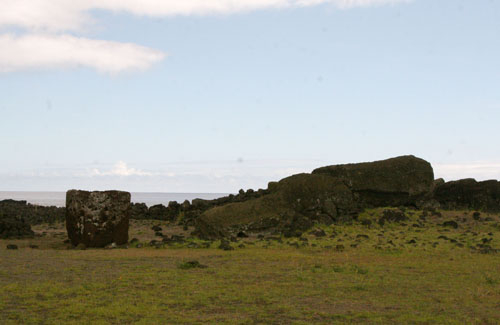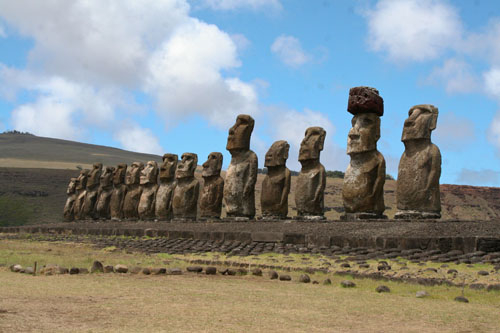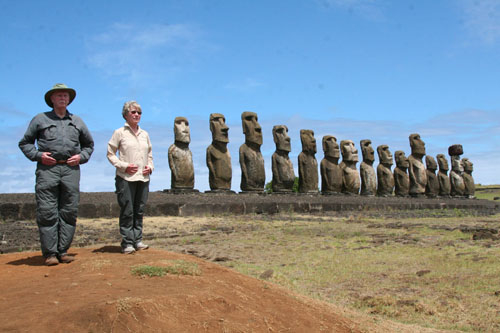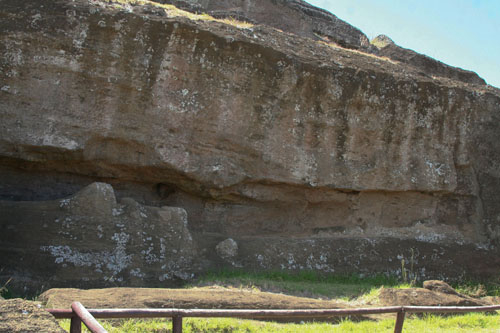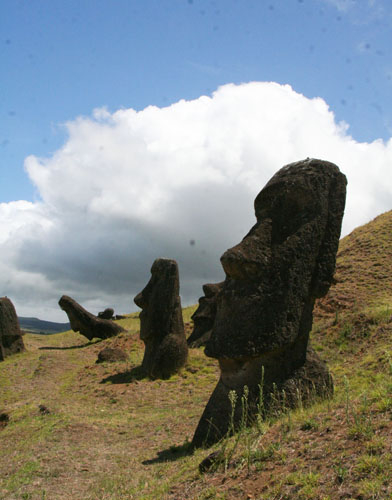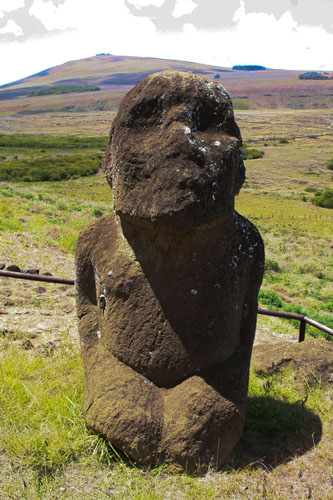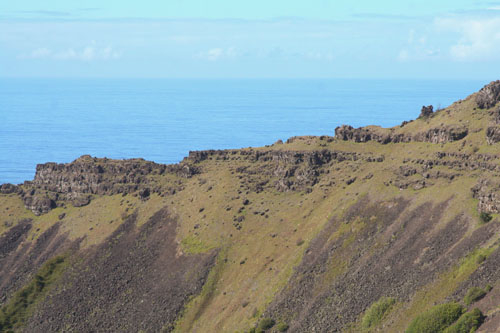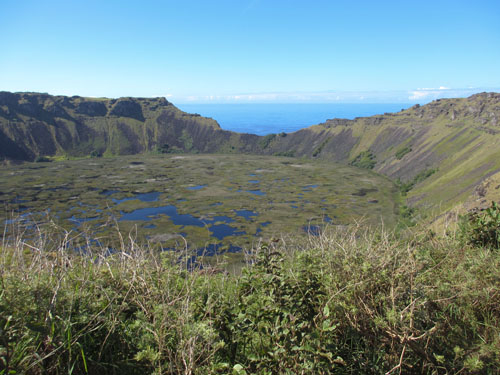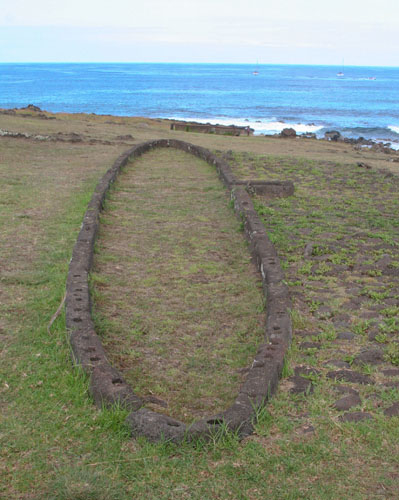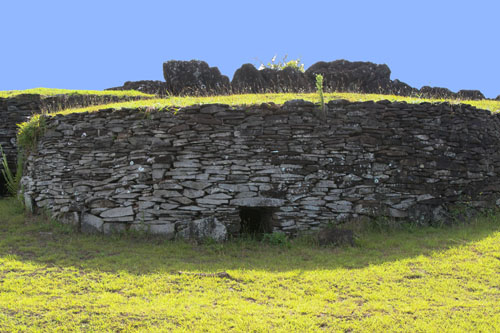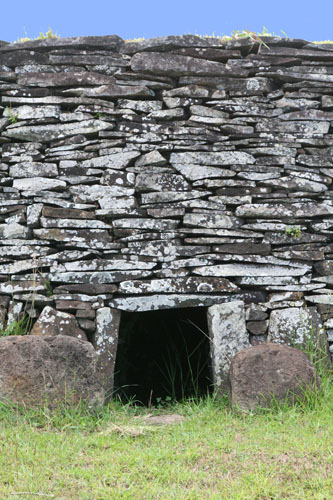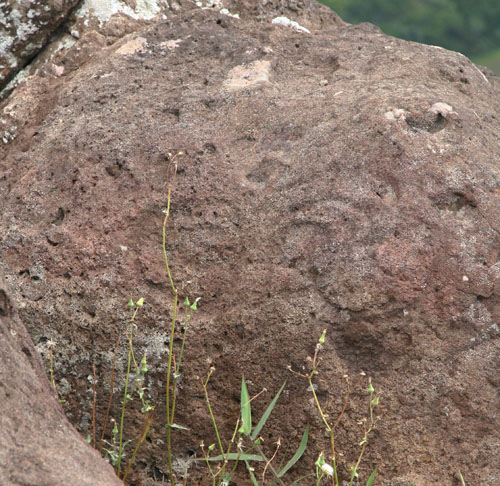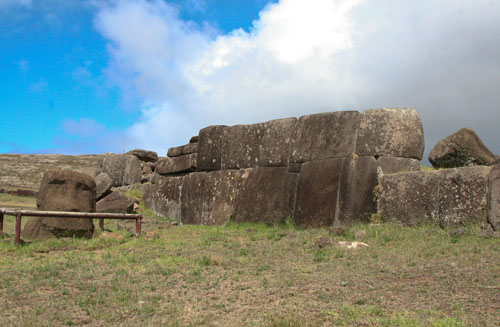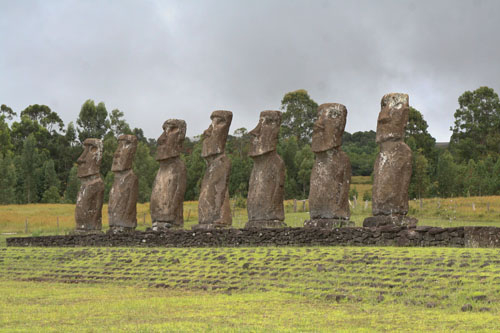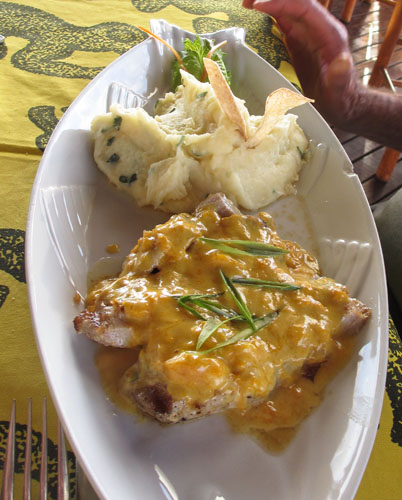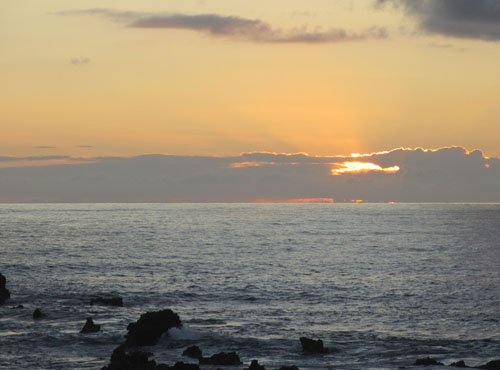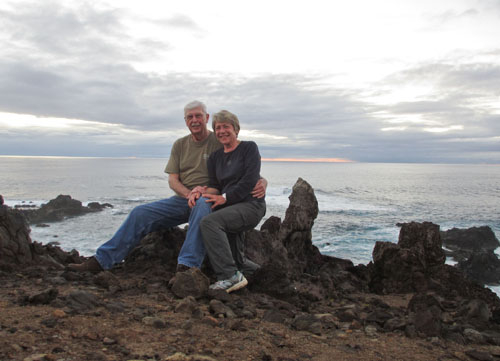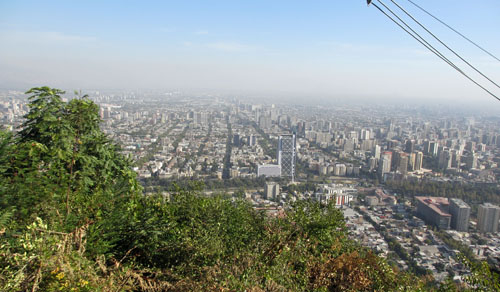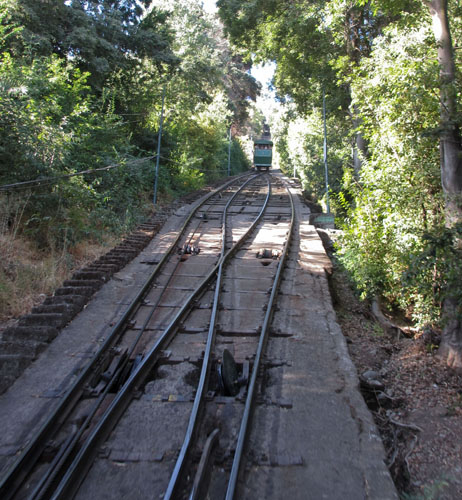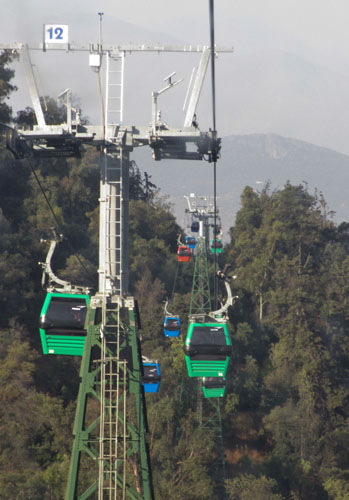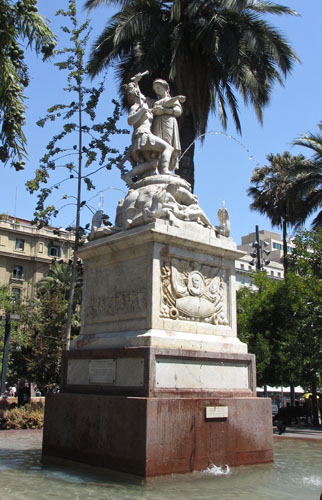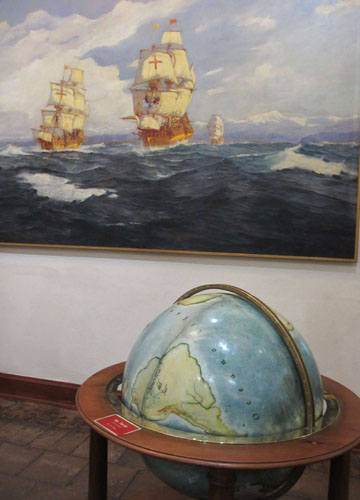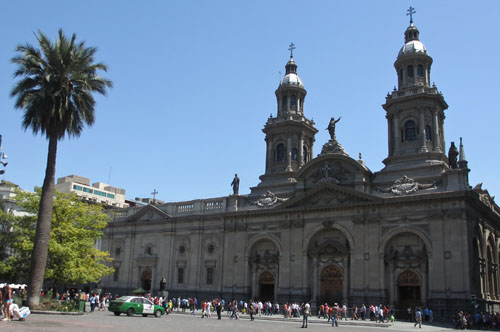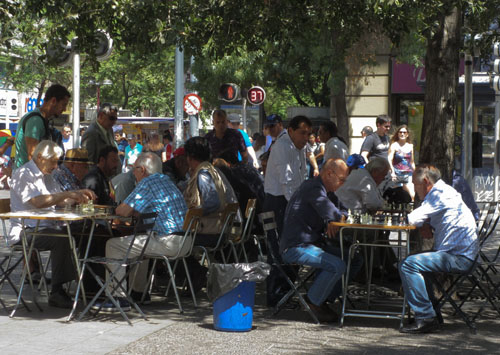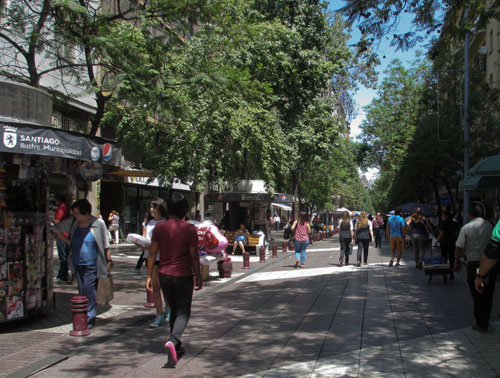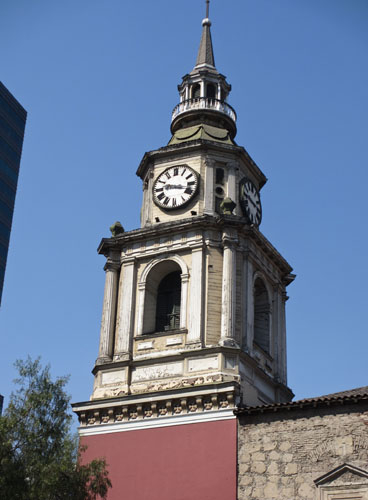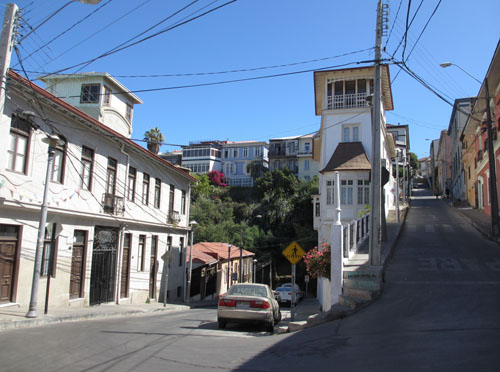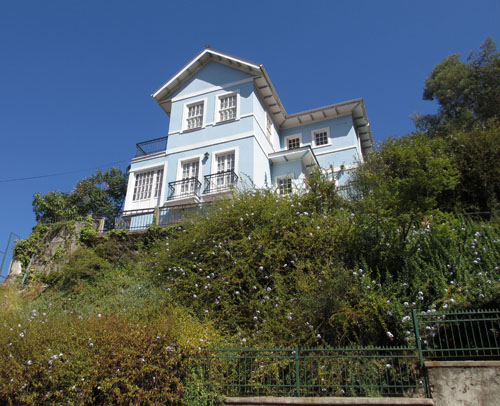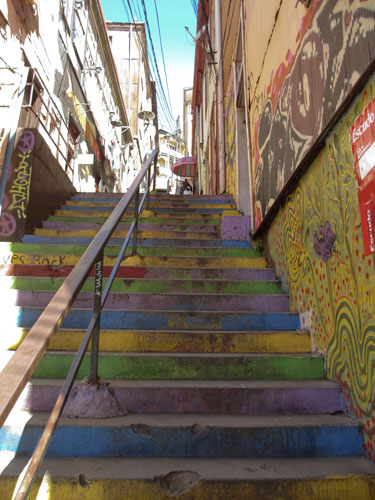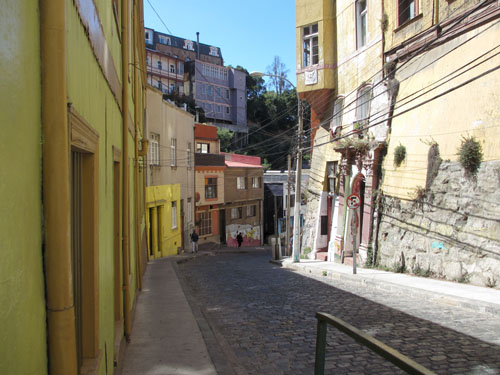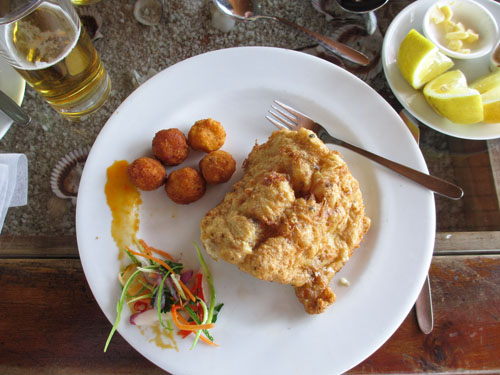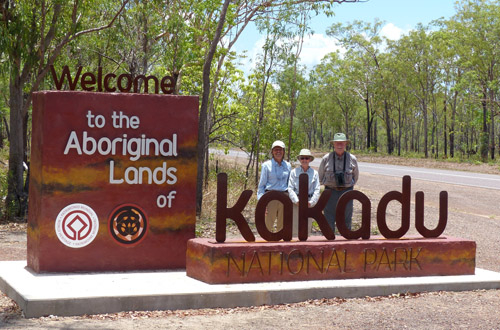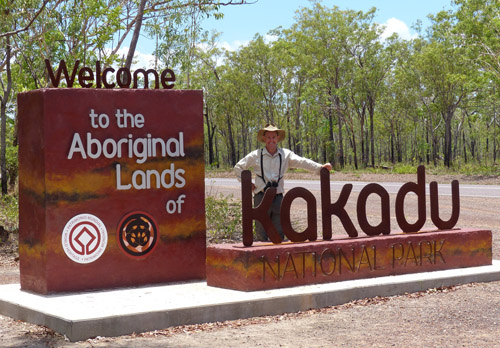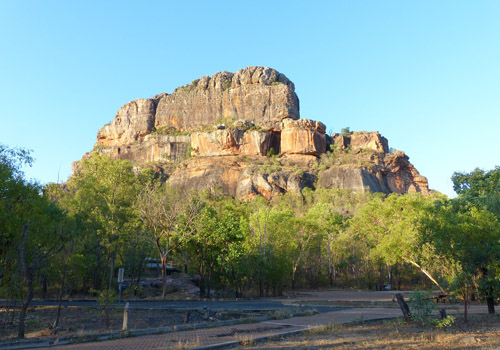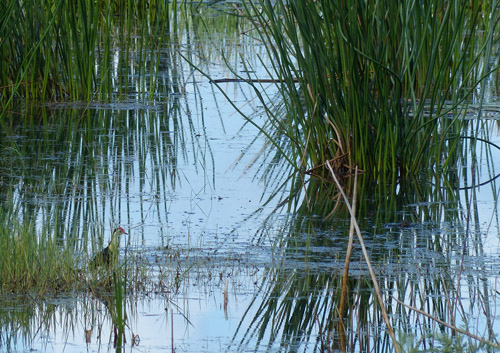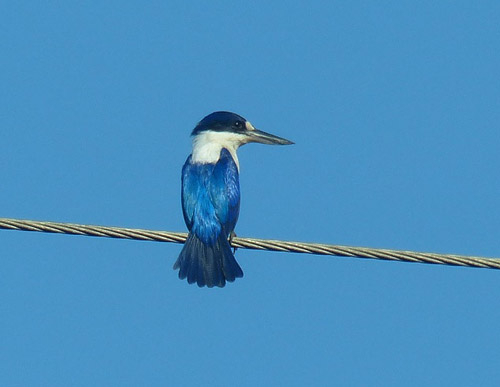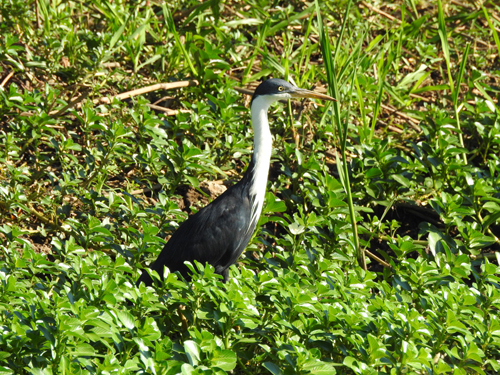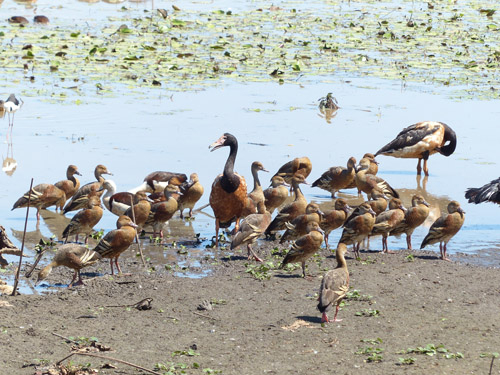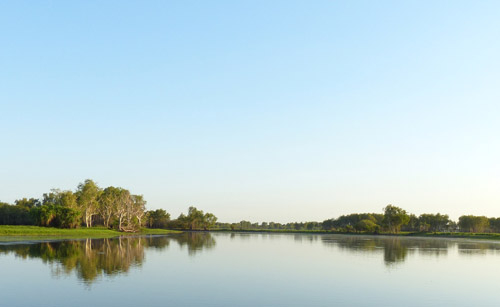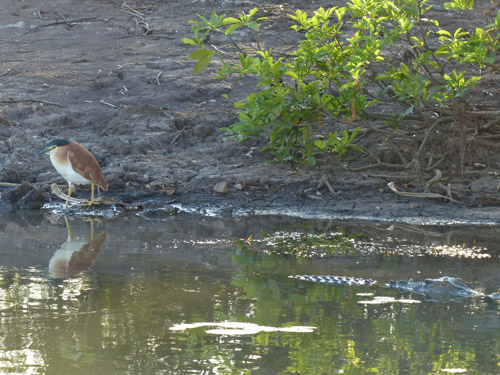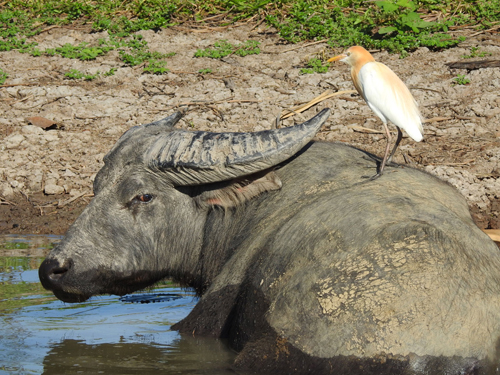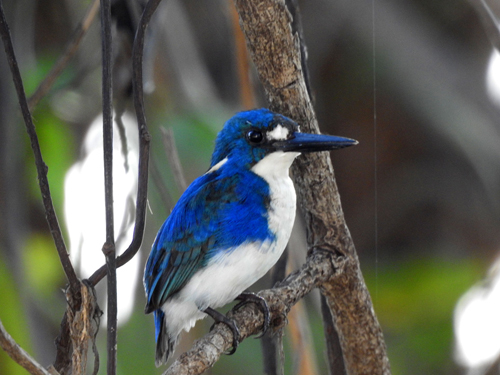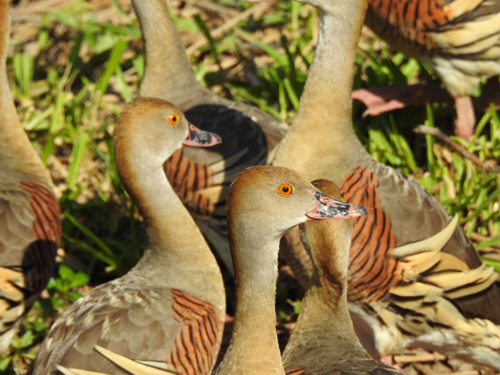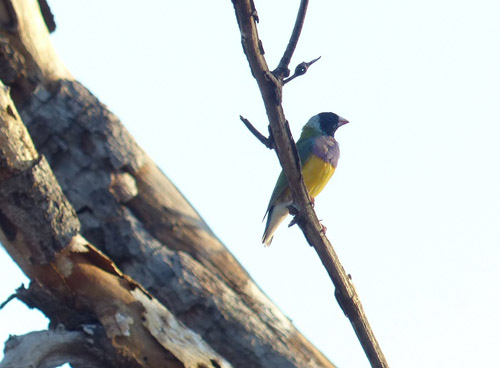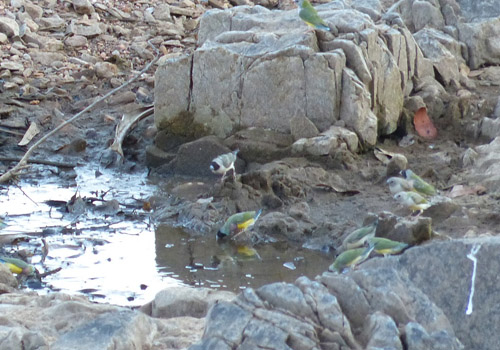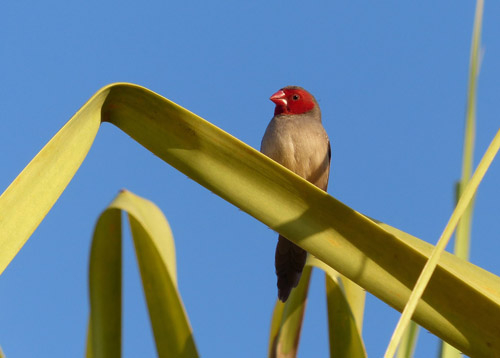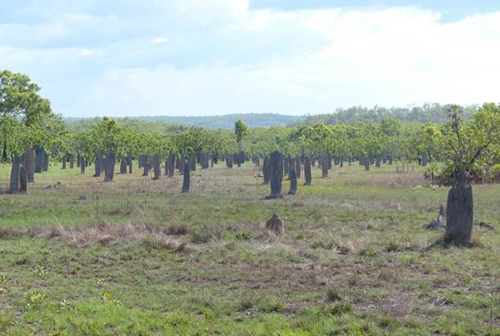I spent 12 days birding in central and northern Chile in December, 2015. That trip was reported on my blog, emptynestbirder.com, and the reports can be found under the March 1916 locator index on the blog. In central Chile I used the guide services of Albatross Birding and Nature Tours and for northern Chile I engaged Far South Expeditions. My guide in northern Chile was Rodrigo Tapia. He invited me to return some day to see southern Chile. The closing line of my prior report was: “I would go back again, perhaps next time to see southern Chile and its natural wonders.” And so I did.
In the past several years I have focused more on seeing as many of the bird families as is reasonably possible (approximately 250 of them), and less on the number of species (approximately 10,000 of them). In South America there are 6 or 7 families of which I have seen none of the species (noting that several of these families are monotypical, i.e., have only one species). One of these families is the Magellanic Plover, the sole member of its family. It used to be considered a member of the large plover family (Charadriidae), but behavioural and genetic studies led to the conclusion that it is not related to the plovers, but is in it own family, Pluvianellidae. They are found only in southern South America, and most reliably in southern Chile. Late last year I contacted Far South Expeditions, which is headquartered in Punta Arenas in southern Chile, and signed up for two of their one-day tours out of Punta Arenas. I was happy to learn that Rodrigo still works for them, that he now lives in Punta Arenas, and that he would be my guide.
On my first trip to Chile I was able in the 12 days I was there to identify about 215 species, of which 108 were new life birds for me. In preparation for my trip to southern Chile, I prepared a list of new birds that my Chile Field Guide showed as being possible to find in far southern Chile. It was quite short, because of my prior success in Chile and in southern Argentina. My targets for this trip was as follows:
- Magellanic Plover (Number 1 Objective)
- Magellanic Diving Petrel
- Rufous-chested Dotterl
- Tawny-throated Dotterl
- Short-billed Miner
- Austral Canastero
- Chocolate-vented Tyrant
- Cinnamon-bellied Ground Tyrant
- Patagonian Yellow Finch
- Patagonian Mockingbird
- Least Sandsnipe
- Rufous-legged Owl
- Common Miner
- Band-tailed Earth Creeper
- Great Shrike Tyrant (a total of 15 potential new species)
When I showed the list to Rodrigo, he said we would not see Magellanic Diving Petrel (generally seen only from ocean-going vessels, which we were not taking), and indicated that it was doubtful we would find Short-billed Miner, Cinnamon-bellied Ground Tyrant, Patagonian Mockingbird, or Great Shrike Tyrant because they were not to be found in the area we would be covering, at least not at this time of year. He held out hope for the remaining 10.
But I get ahead of myself. Before connecting with Rodrigo (on day 3 in Punta Arenas), we enjoyed a relaxing day and a half exploring the town on foot and indulging in the really good food and wine available in a number of local restaurants.
We arrived in Punta Arenas about noon on the 20th, took a cab from the airport and checked into our hotel, the Rey Don Felipe, just a little up-hill from, and a short walk to, the main drag. This was our residence for the next 4 nights. We used the rest of the day to walk about the city center (population about 125,000). The waterfront shows the wear of the centuries.
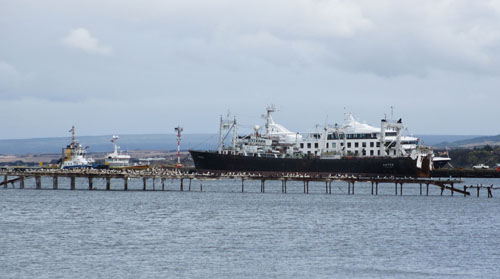
The town is on the west coast of the Strait of Magellan. The Strait (if you were Magellan in 1520) is accessed from the Atlantic, meanders westerly for a ways, then widens and bends to the south, before narrowing again and angling northwest to the Pacific. The Strait lies to the north of the famous Beagle Channel, used by Darwin to cross from the Atlantic to the Pacific on his centuries’ later expeditions along the west coast of South America.
Around Punta Arenas, sheep ranching is a big deal, and has been for a long time. For our first dinner in Punta Arenas we chose Parillo Los Ganaderos which features a ranch-like décor and atmosphere, and specializes in the local favorite, spit-roasted lamb (cordero al ruedo), cooked over a big fire in the dining room. Vegans and vegetarians would probably not appreciate the ambiance therein, but we went “whole lamb”, (to paraphrase our Iowa expression, “going whole hog”), and ordered the three courses of cuts of lamb from the spit: ribs, shoulder and shank. It was a lot of lamb, but I now know why it is a local favorite.

On day 2 (the 21st) we walked to the Municipal Cemetery.

The monuments and the names and dates are always fascinating. The cosmopolitan history of the area is signified by the names on the monuments: many Croatian, German, Italian, Spanish, and others. (The main street of the town is O’Higgins Avenue, in honor of the part Irish founder of the Chilean Navy, and his name appears everywhere in Chile.) We found our way to the north end of the cemetery, where stands a statue to commemorate the Unknown Indian. As in many places, the original inhabitants were exterminated, but they are memorialized in strange ways. The last survivor of the Selk’nam tribe is buried here. Good luck attends those who rub the left knee of the statue raised by his conquerors (or those who followed them) to the Last Selk’nam, and, as you can see, a lot of rubbing must occur.
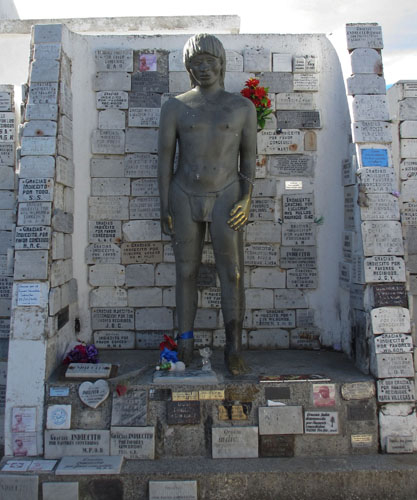
From the cemetery we walked to the Salesian Museum. The Salesians, an Italian Catholic missionary order, arrived in Punta Arenas in the 19th century. With what I assume to be good intentions, they evangelized and relocated many of the indigenous survivors of the European onslaught, only to see them die of diseases for which they had little or no immunity. The museum they compiled is fascinating. One can easily spend several hours moving from floor to floor of this small and succinctly organized museum housing an extraordinary collection of historical artifacts and exhibits. Well worth a visit; especially for those of us who customarily feel overwhelmed and worn out in museums.
On our way to the Cemetery we passed the Chocolate House, a unique combination of a coffee house, bakery and chocolate shop. I had read about it in our Fodor’s, and I was determined to sample the wares as we were about to walk by it again at lunch time. Great idea. Do not pass up the raspberry cheesecake.
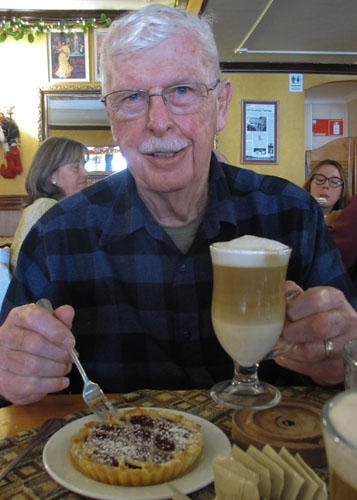
Our days in Punta Arenas were unstructured and naturally we therefore concentrated on fine food. Another of Fodor’s recommendations for dinner was La Cuisine, as the name implies, a French influenced, small café. Oh my, the king crab lasagna was like nothing else I have tasted. Minimal noodle, maximum king crab (a local staple, according to some).

And the dessert was WOW also: three-flavors of crème brulee.
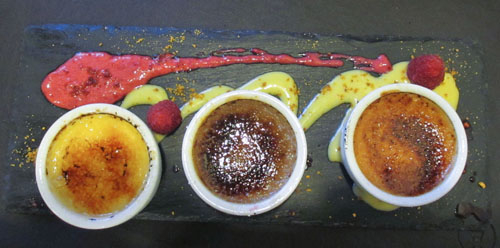
For those of you who do not know my culinary tastes, perhaps you sense a theme here: Desserts are Good! In keeping with Spanish custom, the more expensive cafes (none of them in Punta Arenas are really that expensive) open late and stay open late, and if you lack the foresight to make reservations, it is best to arrive just as it opens, or you may not get a table. Oh, did I mention the wine? The locally available Chilean wines are unforgettable. We discovered this jewel on night 3, and went back again on night 4.
Early on day 3 Rodrigo and his driver picked us up at the Hotel and we drove south of Punta Arenas keeping quite close to the Strait of Magellan and in generally wet areas. We saw large numbers of Upland Geese.
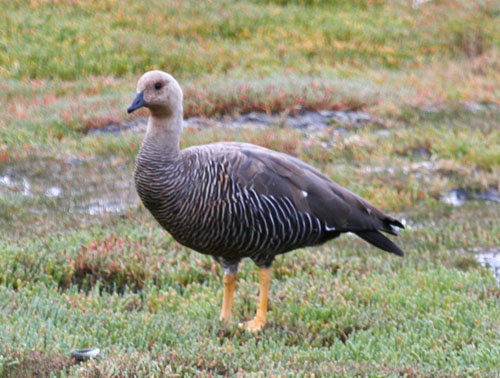
A pair of the dimorphic Kelp Geese (males white, females barred) were foraging on the banks of the Strait.
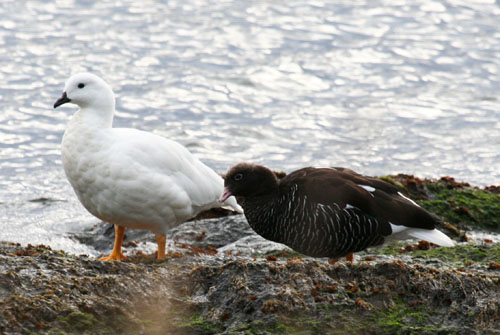
Spectacled Ducks were quite attractive.

A pair of Crested Ducks with Ducklings battled the waves along the shore.
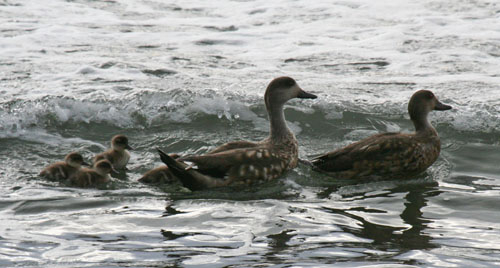
Thorn-billed Rayaditos responded to Rodrigo’s call.
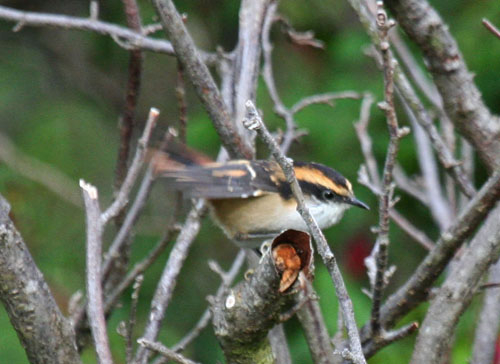
Also, Patagonian Sierra Finches:
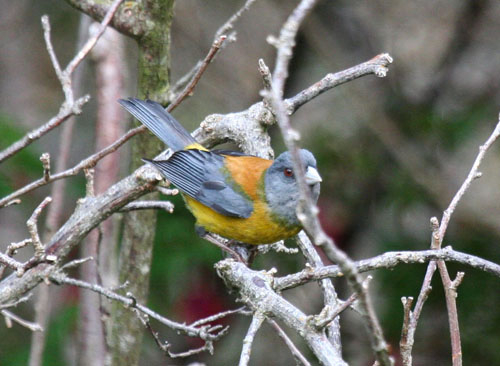
A White-crowned Elaenia displayed the reason for its name:

A small (pod?) of Peale’s Dolphins cruised by not far off shore.
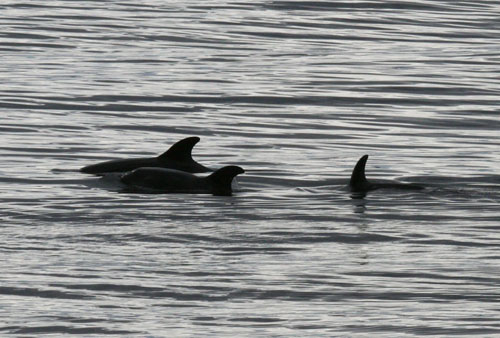
One of the more interesting ducks found in Patagonia are the Flying and the Flightless Steamer Ducks. To the unpracticed eye they look a lot alike. Here is what I think is one of the Flying Steamer Ducks:
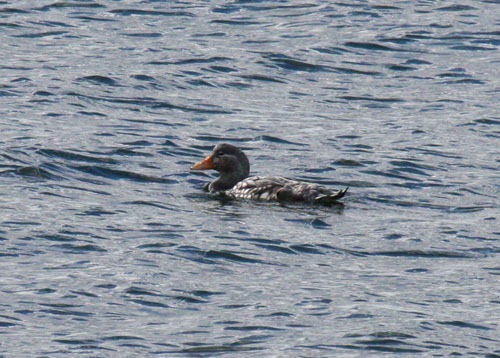
The trip along the Strait was yielding a lot of birds, but nothing that was new to me (no “lifers”). Consulting with Rodrigo, we decided to cut this part of the trip short and go north of Punta Arenas in search of the Magellanic Plovers. Originally, this was scheduled for the next day, but we concluded it would be better to increase the chances of finding them, by searching this afternoon, and if we failed we would still have a chance tomorrow.
And so we drove north, right into the face of the driving wind. Wind is almost constant in this part of Patagonia, and this day was special: I am not good at guessing wind speed, but conservatively, it was 40 miles per hour, with stronger gusts. Arriving at the shallow lake where he had seen Magellanic Plovers in the past, we climbed through and over the barbed wire fence and struggled against the wind over the sheep-feces covered landscape bordering the lake. And we walked and we walked and we walked. Half-way around the lake, Rodrigo, in the lead, signaled for us to come ahead quickly. He had located not one, but a pair of our target bird, the MAGELANNIC PLOVER!!!
The two were foraging along the rocks on the shore of the lake, and seemed oblivious of our presence, as they came closer. Barbara could not hold herself, much less her camera, steady, so she just pointed it in the general direction and clicked away. Here are the results: the targeted Magellanic Plovers:
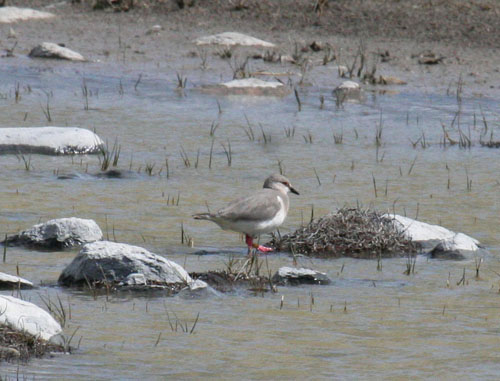
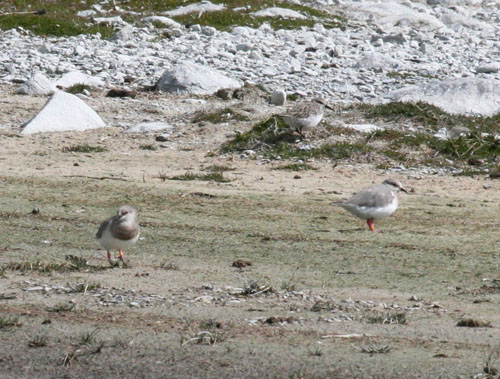
Well, they are not the most colorful birds, nor especially charismatic, but to me they were the culmination of our trip.
Success on the first day meant that we could spend a relaxing second day looking for the rest of the birds on my target list. This required driving even further north of Punta Arenas, and more fence climbing and hiking, although the winds were not nearly as bad.
Today was the big day for Guanacos, the wild camel of Patagonia,
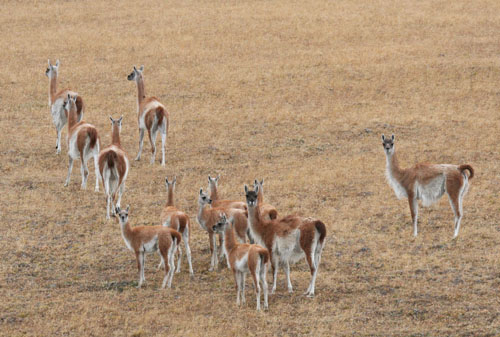
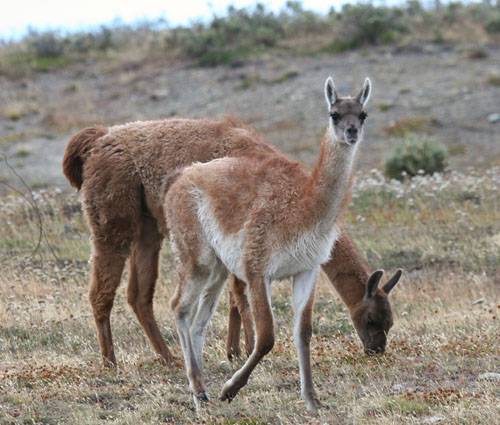
and Lesser (Darwin’s) Rheas, our Western Hemisphere ostriches.
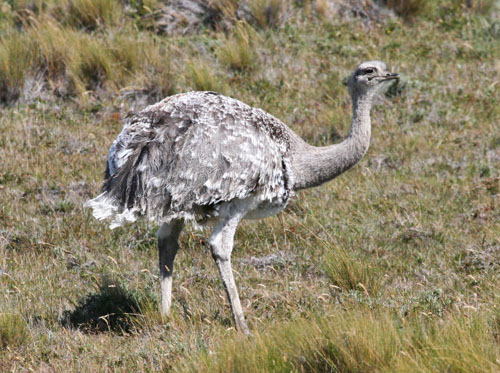
Although these particular Rheas are Lesser Rheas, the Lesser Rhea population is widely disjunct, with the northern mountain birds separately identified in the Chilean Bird Guide as Puna Rheas, and these southern representatives as Darwin’s Rheas. Maybe someday they will be split into two species.
Two other species of goose can be found in Patagona, in addition to the Upland and Kelp Geese we had seen the day before. One is the relatively common Ashy Headed Goose, shown among some Upland Geese below.

Much rarer on the South American mainland is the Ruddy Headed Goose. Although fairly common in the Falklands, where I saw a number of them several years ago, they are rare and endangered on the mainland, primarily due to over-hunting in Argentina where they migrate, along with a lot of other hunted waterfowl, in the South American winter. On one of our cross country forays, across boulders and ruts, we finally came across a pair Ruddy-headed Geese across a small lake which contained a lot of other waterfowl.
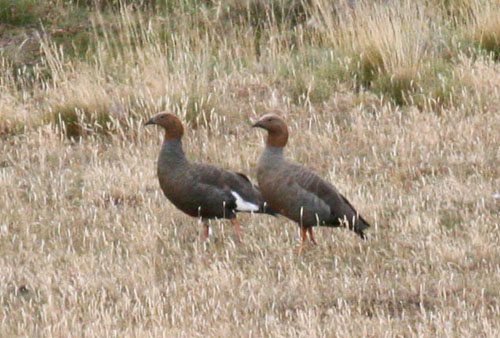
At the same location another of my target birds, a pair of Least Seedsnipes, flew in along our vehicle, but departed again before their picture could be had.
A gaucho approached us on horseback, and we thought we were being busted for trespassing again, but he just thought (hoped?) we were with the power company and his internet connection was malfunctioning.

During the course of the morning we were able to locate a few more of my targeted, new life birds, including:
Austral Canastero
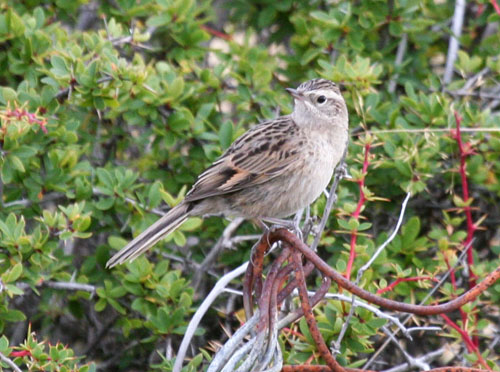
Tawny-throated Dotterl
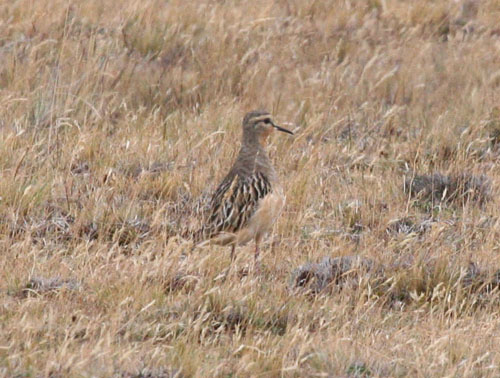
Yellow-bridled Finches
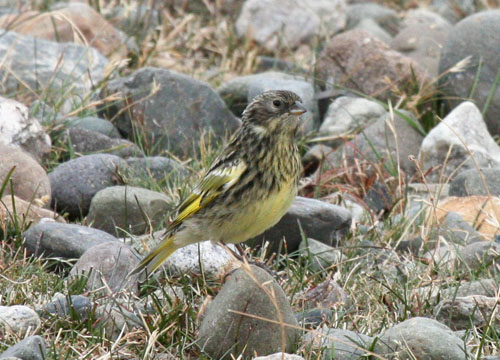
Chocolate-vented Tyrant
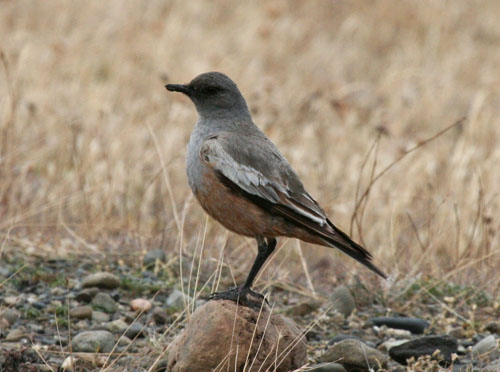
This Grey Fox was suspicious of our vehicle, and disappeared quickly.
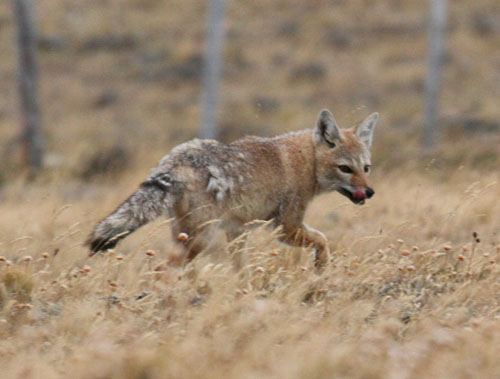
Toward the end of the afternoon we searched along a ferry landing on the Strait, for one of my target life birds, Patagonian Yellow Finches, but this was the only one of my target birds that survived Rodrigo’s initial culling, but that we did not find. As we were returning to our vehicle, someone told us that there was a blue whale that had beached and died near the ferry landing. The Blue Whale autopsy was in progress as we walked down the shoreline.
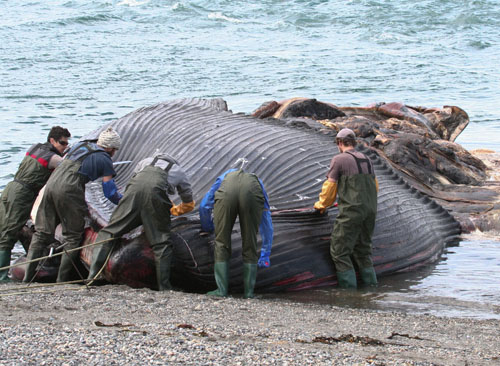
We returned to our Hotel Rey Don Felipe, said goodbye to Rodrigo and our driver, and prepared for our second dinner at the wonderful La Cuisine. We headed out early the next morning for our flight to Santiago, where we hoped to get on the evening Delta flight to Atlanta. But, best laid plans go oft awry, and we were bumped in favor of a paying load of fish. (Delta refers to this as “pay-load optimization.”) We scrambled a bit, finally bought a round trip ticket (cheaper than one-way) on Latam, and ended up at Kennedy in New York, a couple of hours later than we would have arrived in Atlanta on Delta. From there we were able to get Delta to Atlanta and from there back to Des Moines just a few hours later than had our wished for connections all worked out.
Just a post-script. The people of Chile are very friendly and helpful. Wherever we went we felt safe and could ask for help and be assured of getting it. We experienced nothing but kindness throughout our trip. The country itself is varied (from desert in the north, to glaciers several thousand miles to the south), with good infrastructure everywhere. The food and wine are excellent. Consider a trip to this beautiful and welcoming country.


